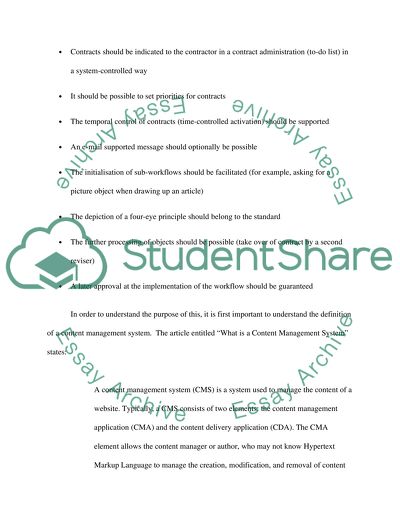Cite this document
(“Content Management System Essay Example | Topics and Well Written Essays - 4500 words”, n.d.)
Retrieved from https://studentshare.org/technology/1528563-content-management-system
Retrieved from https://studentshare.org/technology/1528563-content-management-system
(Content Management System Essay Example | Topics and Well Written Essays - 4500 Words)
https://studentshare.org/technology/1528563-content-management-system.
https://studentshare.org/technology/1528563-content-management-system.
“Content Management System Essay Example | Topics and Well Written Essays - 4500 Words”, n.d. https://studentshare.org/technology/1528563-content-management-system.


